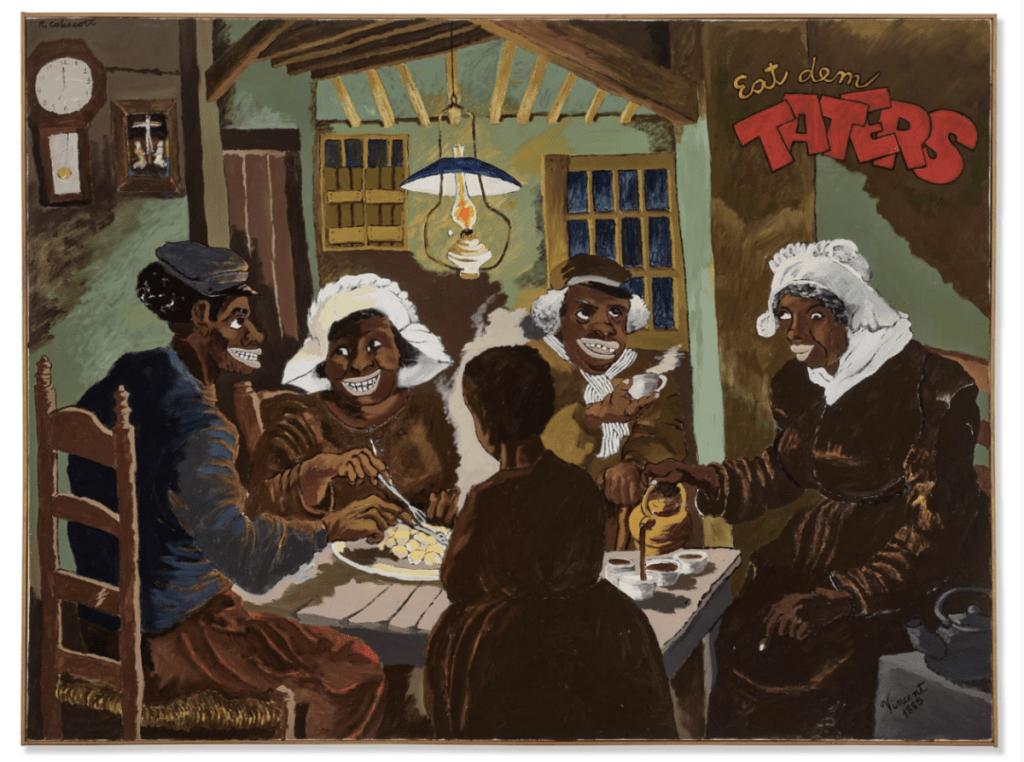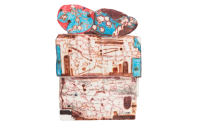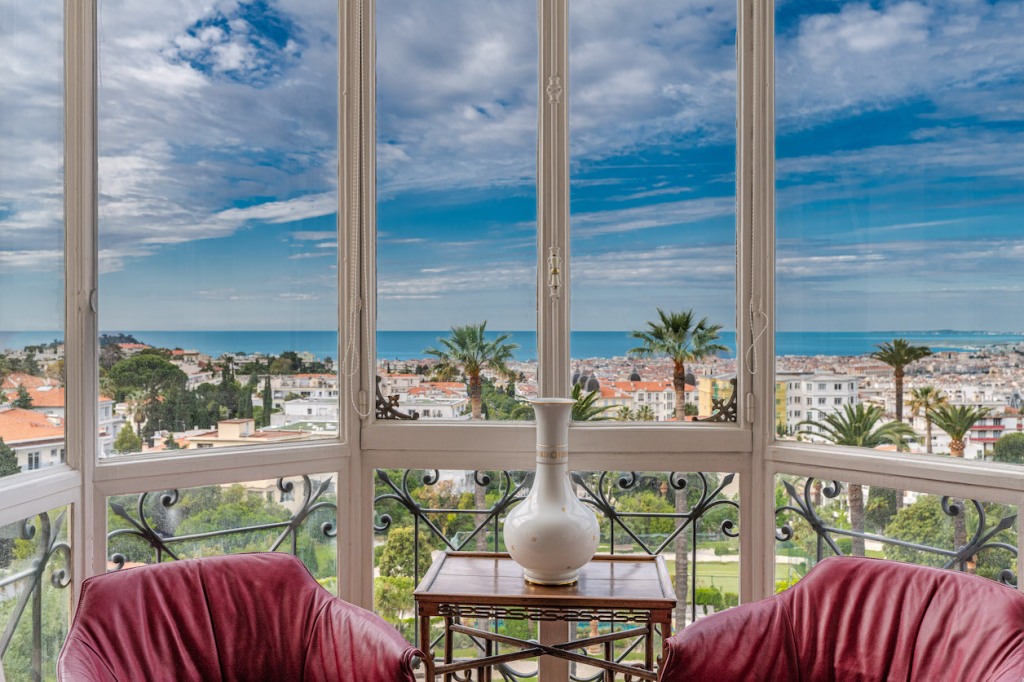U.S. Plans to Rejoin UNESCO, Japan Makes 2024 Venice Biennale Pick, and More: Morning Links for June 13, 2023
To receive Morning Links in your inbox every weekday, sign up for our Breakfast with ARTnews newsletter.
The Headlines
THE DIPLOMATS. After pulling out of UNESCO in 2017, the United States said that it will rejoin the group, which runs diverse international scientific, cultural, and educational programs, like the World Heritage Sites initiative, the Associated Press reports. Diplomatic leaders from the country have framed the decision as a bid to counteract China’s influence on the global stage. The U.S. exited the organization under President Trump, whose administration said that UNESCO had management problems and an anti-Israel bent. The nation stopped paying dues well before that, though, back in 2011, after Palestine was admitted as a member. It owes more than $600 million in dues, which it plans to pay off over the coming years. Member states will need to vote to readmit the U.S., but none has so far objected to its announcement.
THE TOP BANANA. Artist Maurizio Cattelan is victorious. On Monday, Reuters reports, a federal judge in Florida threw out a suit that artist Joe Morford filed over Cattelan’s infamous $120,000 banana-on-the-wall, Comedian (2019). Morford claimed that it violates the copyright of a work he made in 2000 by taping a plastic banana to a green panel on a wall. The judge, Robert Scola, ruled that the Italian superstar showed that he worked independently and that the similarities between their efforts were not matters of copyright. In other Cattelan news: For about one more month, he has a survey up at the Leeum Museum of Art in Seoul—where a student ate the banana off the wall.
The Digest
Two activists who glued their hands to the base of the ancient Laocoön statue at the Vatican Museums last summer were convicted by a court in the city-state of damaging the piece. They were fined more than €28,000 ($30,100) and given nine-month suspended sentences. [The Associated Press/Los Angeles Times]
Japan selected artist Yuko Mohri, who makes wildly charismatic kinetic sculptures, to represent it at the 2024 Venice Biennale. Recently namedWhitworth director Sook-Kyung Lee, who included Mohri in her current Gwangju Biennale in South Korea, will curate the show. [Press Release/Japan Foundation]
After five years as director of the Noguchi Museum in Queens, Brett Littman has departed. “Brett leaves the museum in a strong position,” the institution’s co-chairs said in a statement. “We wish him great success in his future endeavors.” [Artforum]
Finnish artist Pilvi Takala, whose performative interventions in daily life train a gimlet eye on society’s hidden codes and power dynamics, got the profile treatment from Lauren Collins. “I get super excited when things get awkward,” Takala said. [The New Yorker]
Hauser & Wirth’s new Paris gallery will open in October with a solo show from painter Henry Taylor. Its director will be Séverine Waelchli, a veteran of Ropac, Sprüth Magers, and Yvon Lambert. [The Art Newspaper]
The National Gallery of Canada named the artists shortlisted for the 2023 edition of the prestigious Sobey Art Award: Michèle Pearson Clarke, Séamus Gallagher, Gabrielle L’Hirondelle Hill, Kablusiak, and Anahita Narouzi. The winner will receive CA$100,000 (US$74,800), the others CA$25,000 ($18,700). [Press Release/NGC]
The Kicker
BUTTING HEADS. In the New York Times, Graham Bowley has a fascinating story about ancient statues, particularly “headless torsos and torso-less heads,” which are rarely reunited successfully. The occasion for the article is a dispute over a head at Copenhagen’s Ny Carlsberg Glyptotek. The museum had long argued that it belonged to a bronze torso, perhaps of the Roman emperor Septimius Severus, on loan to the Met. Law enforcement recently seized that piece, saying it was looted from Turkey, which also wants to claim the head. However, the Glyptotek says it is not certain that the head actually belongs to that torso and has launched a review. An official for the Turkish Ministry of Culture and Tourism told Bowley, “It’s very clear water, but they are adding mud to it to cover themselves from the pressure they are coming under to return it.”



